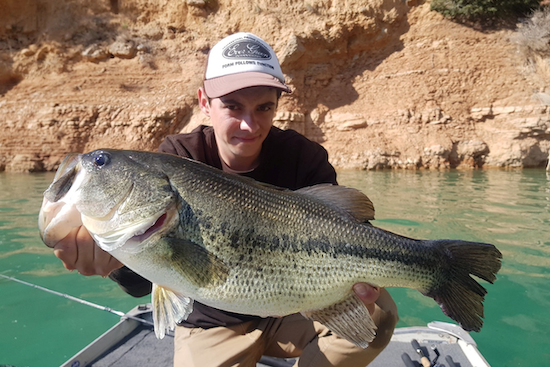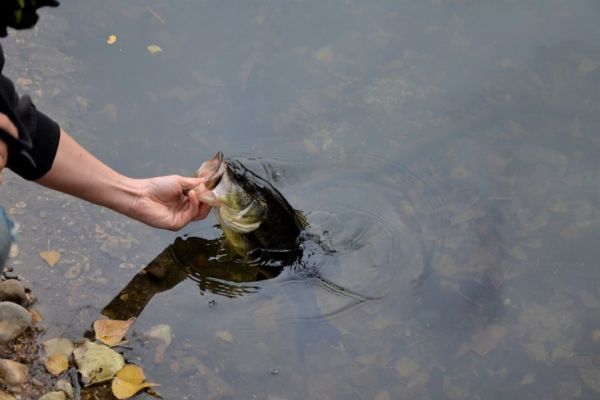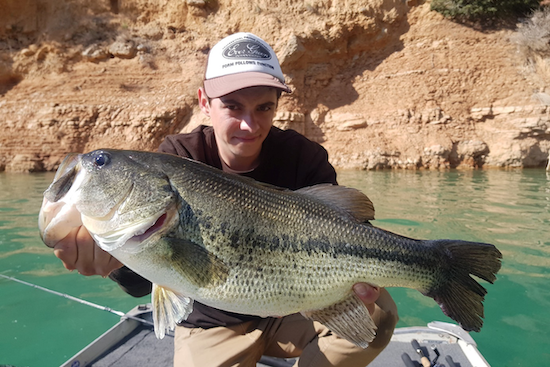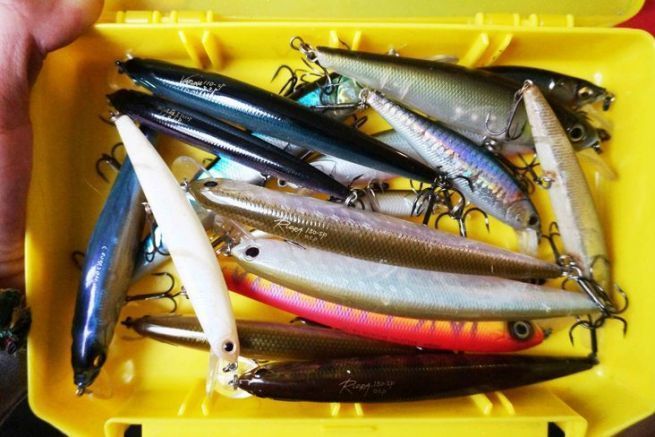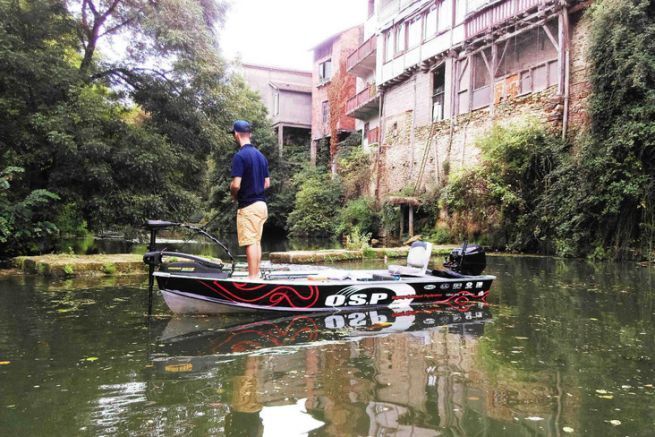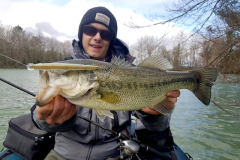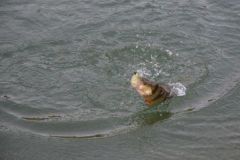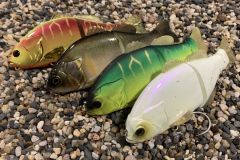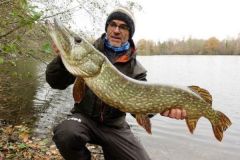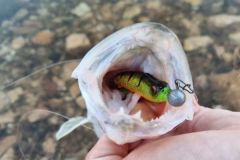The different animations
The following is applicable all year round, but the colder the water, the more important it is to respect these few points. Apart from exceptions, the animation will consist of alternating breaks and jerk. I personally alternate between 1, 2 and 3 jerks, which I mix. For example: 2 jerks, pause, 1 jerk, pause, 3 jerks, pause, 2 jerks, pause, etc.
It is especially the pause time that will vary, especially depending on the water temperature. The colder the water, the longer the breaks will be, because the more the bass will be apathetic. They will move less far to attack, but above all much more slowly. When one is lucky enough to see a minnow attack in cold water, it can take long seconds for the fish to make up its mind. What's more, it won't follow if the lure moves too fast.
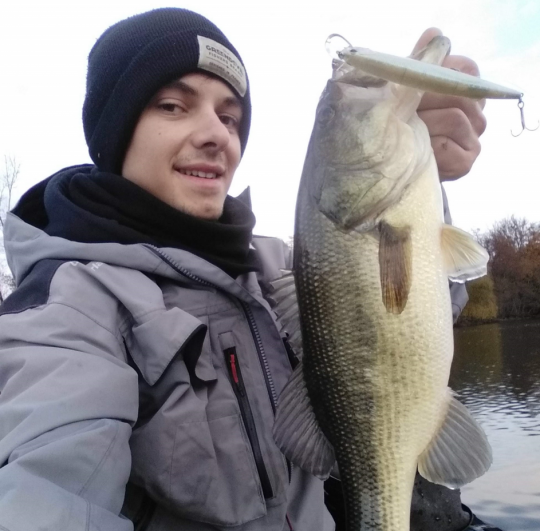
So how do we know how long to take a break? Wait until the fishes tell you! When you catch a bass, start again using the same animation and adjust yourself this way.
Break time
There is no absolute truth but it is possible to set some rules depending on the water temperature. Here is what I advise you:
Water temperature above 12°: everything can work but the breaks can be short, from 1 to 3 seconds, or even non-existent.
Temperature between 8 and 12°C: pauses of 3 to 8 seconds
Temperature below 8°C: 5 to ... 20 seconds (yes yes!)
Moreover, the warmer the water, the more aggressively I would work my lure, giving it animations with a lot of amplitude. On the contrary in cold water, the animation will be less aggressive, with less amplitude.
On the other hand, jerkbaits with short bibs can be animated much more violently, while with long bibs (longbill minnow types) your animation will have to be softer, otherwise it will interfere negatively with the swimming of your lure!
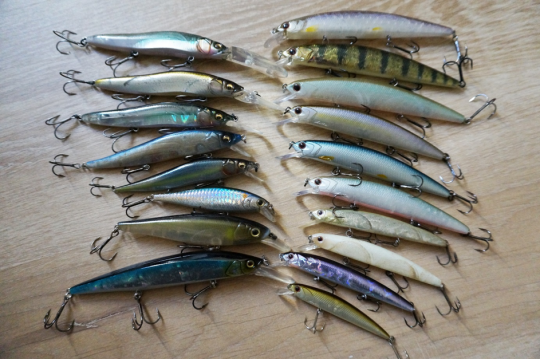
The buoyancy of the lure
Why talk about buoyancy when you're interested in animation? It's very simple: the breaks being an integral part of the animation, the density of the lure will thus have an influence on the break and a possible displacement of the jerkait.
The use of a jerkbait in winter, in cold water, is unanimously accepted in the USA and Japan, mainly due to the ability of this lure to stay perfectly still. Therefore Suspending models are often the best performing lures in cold water. In sufficiently warm water, floating models are sometimes devastating, especially when fishing close to the cover. Slow Floating lures are a good alternative to Suspending lures in cold water when fishing for weeds or branches, the lure will come out slowly during breaks, not leaving the black bass indifferent!
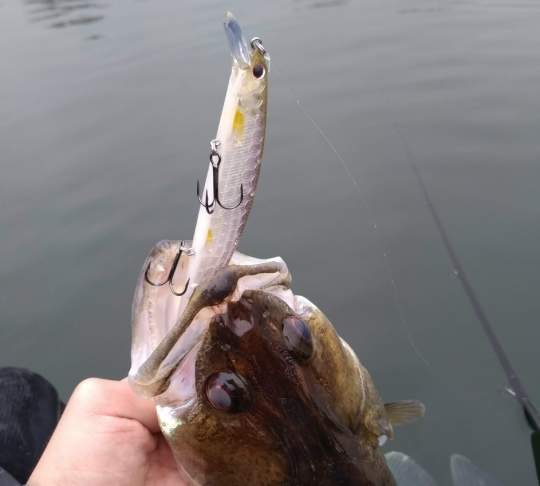
The influence of water temperature on buoyancy
Another parameter affecting buoyancy is the water temperature. It will have a direct impact, since the density of the water varies with temperature. Therefore a minnow, will perhaps be suspending at 10°C, then will be slightly sinking at 20°C. This can be rectified with a few quick changes. But you can also customize your lure to suit your needs. I will address this point through another article entirely dedicated to this subject!

 /
/ 